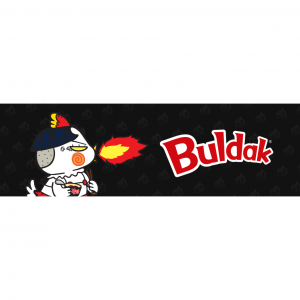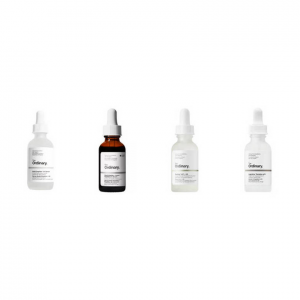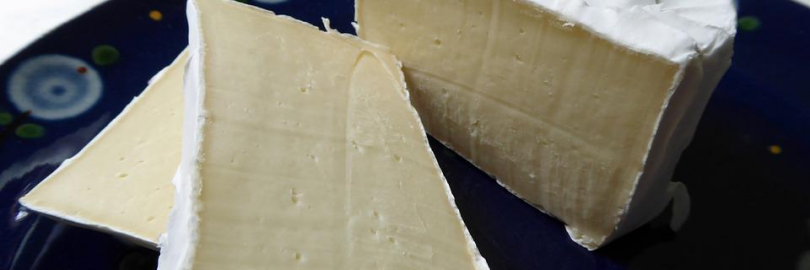
Top 10 Stinkiest Cheeses in the World 2025 (From France, Germany, UK, etc.)
What is the stinkiest cheese in the world?
#1. Vieux Boulogne
Cost: $- per ounce
Maturation: 7-9 weeks
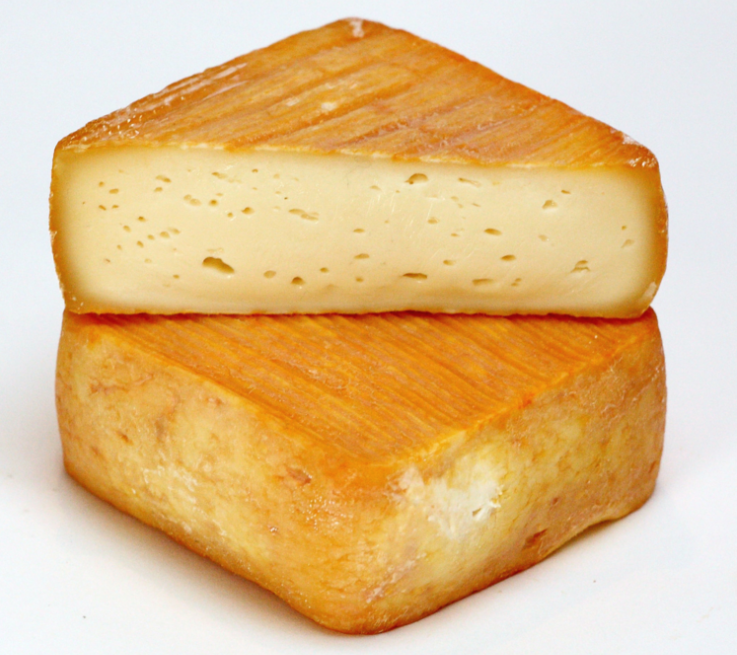
Vieuux-Boulogne is the smelliest cheese in the world.
It comes from the Pas-de-Calais department in northern France and is a cow cheese that's aged for 7 to 9 weeks and washed in beer.
Not only did the Pas-de-Calais delicacy wear down Cranfield University’s 19-strong olfactory panel during an eye-watering sniff test, but smashed the scale of a high-tech electronic nose.
Described as a "sheep in wolf's clothing," its rind is responsible for the potent aroma and belies a milder flavor suitable for crusty bread.
Why does Vieux Boulogne stink?
Boulogne-sur-Mer fromage obtains its unique potency by washing its rind in beer. The interaction of bacteria in the brew with the cow’s milk enzymes of the ‘skin’ eventually releases its tell-tale whiffs.
Surprisingly, considering its unsavoury kudos, Vieux Boulogne’s bark is far worse than its bite and beneath the stinky rind is a smooth and pleasantly mellow cheese.
#2. Époisses de Bourgogne
Cost: $30 per oz
Maturation: at least six weeks
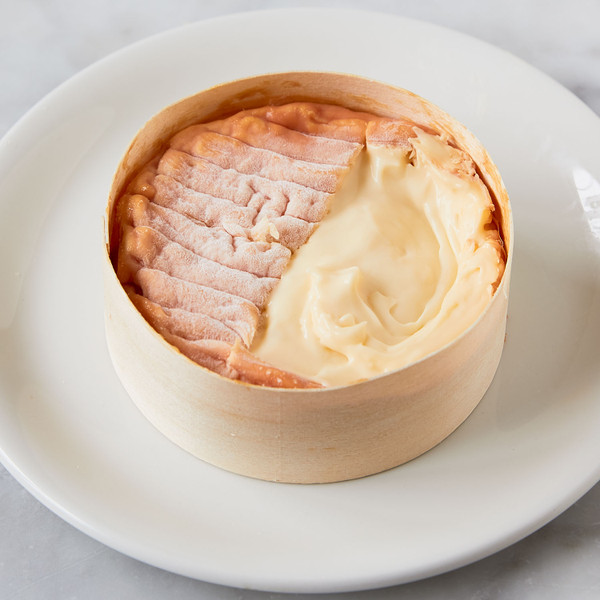
Époisses is so stinky that it's actually banned on French public transport and banned altogether in the U.S.
It’s another washed-rind cheese, washed this time with Marc de Bourgogne, the local brandy of Burgundy.
It comes in a wooden box and is so creamy that it is often eaten with a spoon. And it’s delicious! It pairs well with Chardonnay.
Époisses was a favorite of Napoleon and was called “the king of all cheeses” by the famous epicure Brillat-Savarin.
#3. Pont l’Evêque
Cost: $- per ounce
Maturation: between 13 days and six weeks
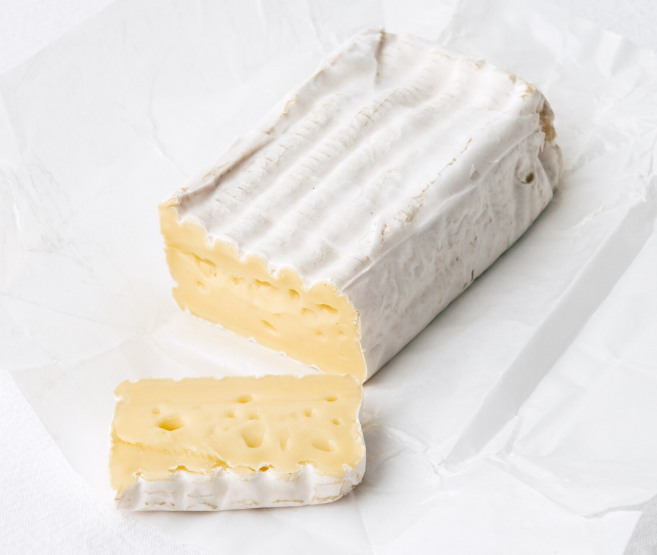
Pont l’Évêque is a soft-ripened, washed-rind cheese made from cow’s milk.
Usually square in shape, Pont l’Evêque is a soft washed-rind cheese with a bigger more intense flavor than a Camembert.
This cheese was already greatly appreciated in the Middle-Ages. Its name comes from the little town of Pont-l’Évêque, between Lisieux and Deauville, in Normandy. It obtained a registered designation of origin (AOC) in 1972 and a protected designation of origin (AOP) in 1996.
The aroma of this cheese is relatively pronounced, with barnyard and yeasty notes; but its taste is milder than its smell. The texture is soft; the rind is slightly sticky; the flavors of warm milk and hazelnut are very pleasant.
Pont-l’Évêque is usually a cheese served at the end of a meal. It goes well with a Bordeaux or Burgundy red wine, but also with a cider from the Pays d’Auge.
#4. Camembert
Cost: $- per ounce
Maturation: between 13 days and six weeks
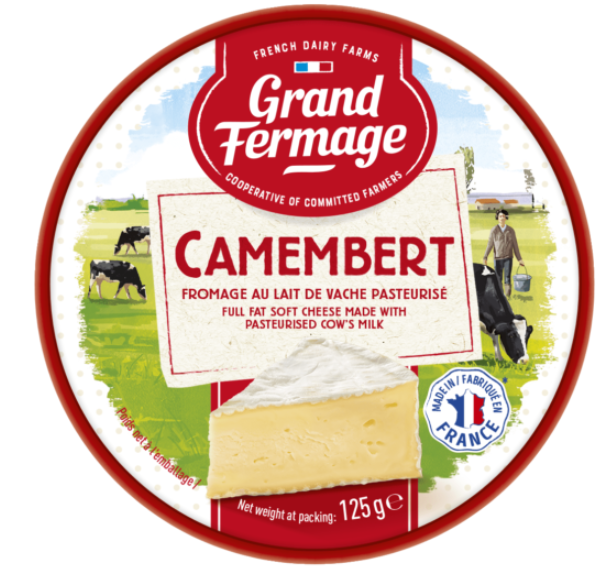
One of France’s more famous cheeses, the first Camemberts were made from raw cow’s milk, and the AOC variety "Camembert de Normandie" is required by law to be made only with unpasteurized milk; but unpasteurized Camembert is getting harder and harder to come by. Known for its strong mushroom notes, one cheese columnist described an authentic Camembert as having "hints of garlic, barnyard and ripe laundry."
#5. Limburger
Cost: $- per ounce
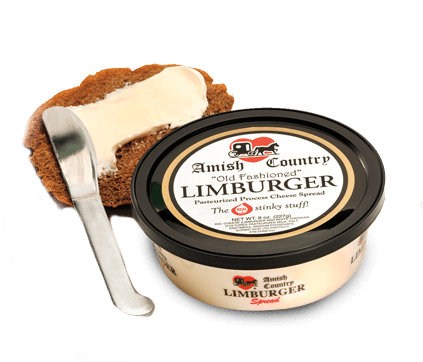
A semi-soft cow's milk cheese that has roots in Germany, Belgium, and the Netherlands, Limburger is undoubtedly the first cheese people think of when they think "stinky." It does smell quite a bit due to the fact that it's a washed-rind cheese, which means there is bacteria growth on the outside of the cheese producing that signature smell. The bacteria influence the earthy, slightly sour and mushroomy taste of the cheese. It's delicious on top of rye crackers.
#6. Stinking Bishop
Cost: $- per ounce
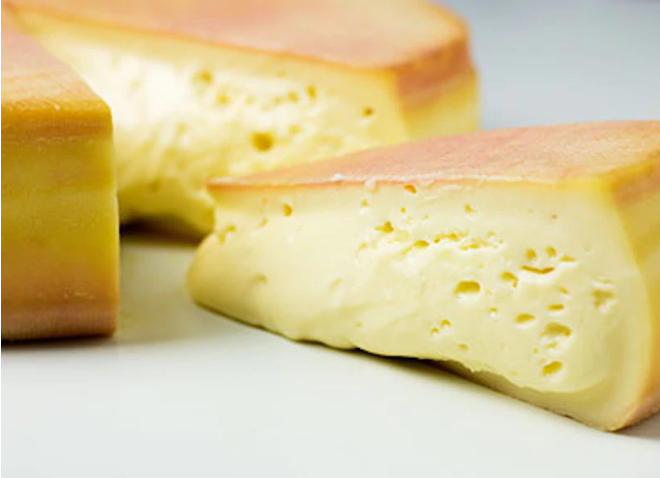
This aptly named English cow’s milk cheese owes its origins to Cistercian monks, but is now solely produced by Charles Martell & Son in Gloucestershire. Its distinct aroma comes from the rind, which is washed in perry, a pear-based alcoholic beverage. Despite its notorious odor—in 2005’s Wallace & Gromit: The Case of the Were-Rabbit, Gromit uses Stinking Bishop to revive Wallace—Stinking Bishop is described as rich, meaty, and slightly sweet.
#7. Munster
Cost: $- per ounce

Munster, also known as Munster Géromé is a soft washed rind cheese made from milk produced by cows living in the regions between Alsace, Lorraine and Franche-Comté in France. The name Munster is derived from the little town of Munster where Vosgian abbeys and monasteries used to make this cheese since the Middle Ages.
Traditional Munster is protected by an Appellation d'Origine Contrôlée (AOC) which requires the cheese be made from unpasteurised cow's milk called crude milk. The soft and creamy cheese also comes flavoured with cumin and tastes best when accompanied with a good beer. As with washed rind cheeses, Munster have a red coating on the rind that is slightly humid due to repeated washings. Other than protecting the cheese, the rind is also responsible for a strong, penetrating aroma and tangy taste.
#8. Brie de Meaux
Cost: $- per ounce

Brie de Meaux, an AOC cheese should be matured in the regions of Seine-et-Marne, Loiret, Aube, Marne, Haut-Marne, Meuse and Yonne. The difference between production and maturation places is a typical Brie tradition.
This is a raw, soft, unpasteurised cow's milk cheese covered with a bloomy rind resulting from inoculation with Penicillium Candidum molds. As the cheese ages, the rind develops red or brown patches. When nearly half of the straw-coloured pate is ripe and soft, it indicates Brie de Meaux is ready for consumption.
Brie has a milky and rich taste underlined by sweet and buttery flavours of mushrooms or truffles and almonds. The cheese pairs perfectly with Champagne, a red Bordeaux or Bourgogne (Burgundy).
#9. Roquefort
Cost: $- per ounce
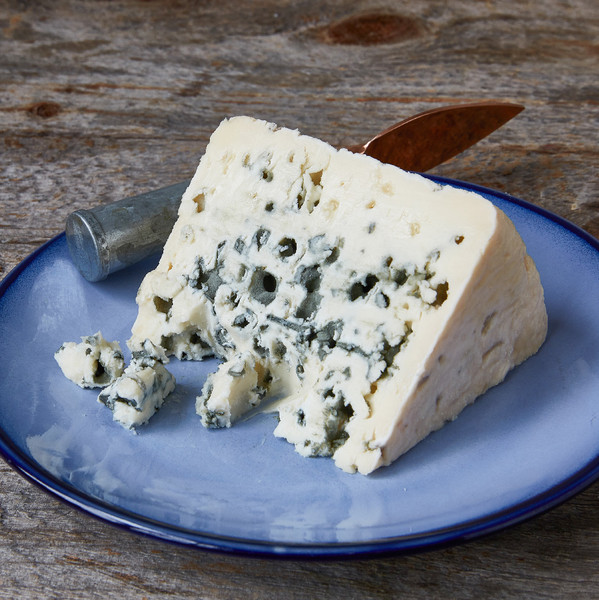
It’s a French sheep’s milk blue cheese named after the Combalou caverns in which they’re aged. Roquefort is a foil wrapped, rindless raw milk cheese.
They are made in the region of Roquefort-sur-Soulzon, located in the south of France. Only the milk from Lacaune sheep is used. These blues are then aged for 3 to 5 months in one of the Combalou’s somewhat chilly caves. Traditionally cheeses tend to be paired with wines from the same region. But with Roquefort, most very sweet wines will work well.
#10. Blue Stilton
Cost: $- per ounce

One of the world’s best known and much loved cheeses, Stilton is often called the King of Cheese. The history of Stilton can be traced back to the early 18th century. The recipe used has changed slightly over time but it remains a prized cheese.
Stilton is one of the few cheeses to carry a Protected Designation of Origin Certification, meaning it can only be called Stilton if it’s made to a special recipe, from local milk in three counties in England; Derbyshire, Leicestershire, and Nottinghamshire. There are now only 6 cheese makers in the world licensed to make Stilton.
Stilton can only be made in a cylindrical shape and must be allowed to form its own coat or crust. This young stilton is usually eaten at around 10 weeks old. Its unique appearance, with magical blue veins radiating from the centre, is matched by its rich tangy flavour and smooth texture – certainly earning its title as the King of Cheese!

Extrabux is an international cashback shopping site, offering up to 30% cashback from 10,000+ Stores!
Squarespace, SkinStore, MATCHESFASHION, The Wall Street Journal, NordVPN, Visible, Armani Exchange, Sam's Club, PUMA, AliExpress, Card Cash, NET-A-PORTER, Udacity, Udemy, Selfridges, LOOKFANTASTIC, Vimeo, Coach Outlet, lululemon, PrettyLittleThing, Booking.com, Ripley's Aquarium, iHerb, Groupon, etc.
Join to get $20 welcome bonus now! (How does Welcome Bonus work?)
Recommendation
-

Apple Watch Ultra 2 Real vs. Fake Guide 2025: How To Tell Original From Fake?
-

Microsoft 365 A1 vs. A3 vs. A5: Full Comparison & Verdict 2025
-

Is Turkish Airlines Good for International Flights?
-

Top 12 Items That Are Always Cheaper at Sam's Club!
-

Top & Best 12 Sneaker Apps/Websites for Raffles, Releases & Restocks in 2025







